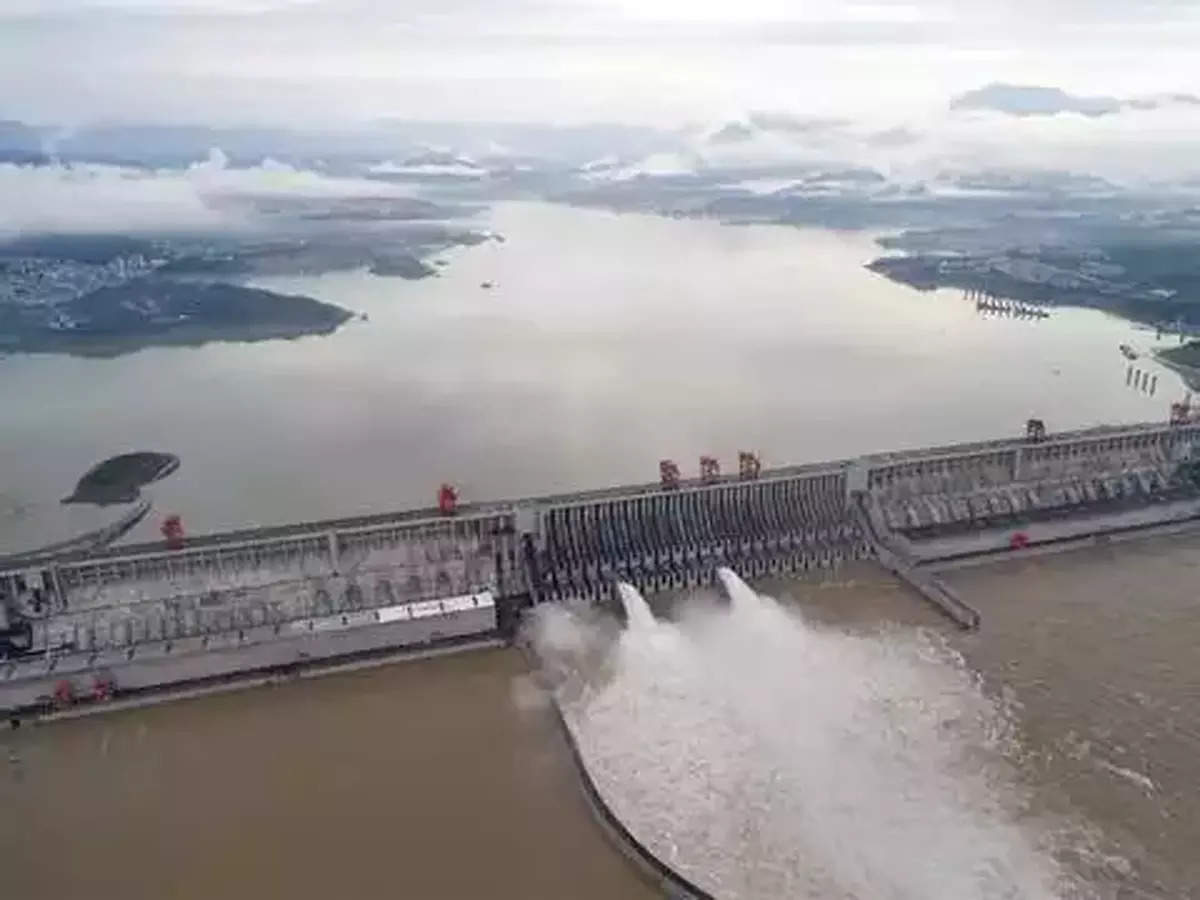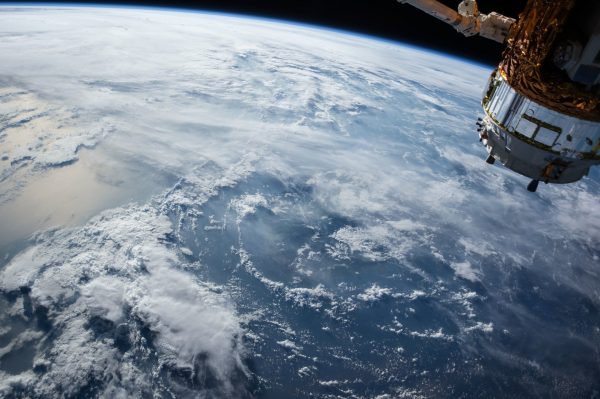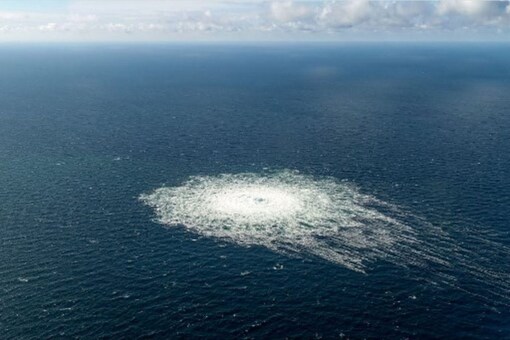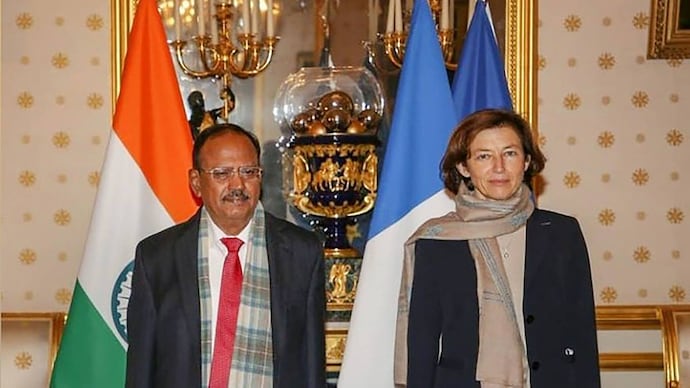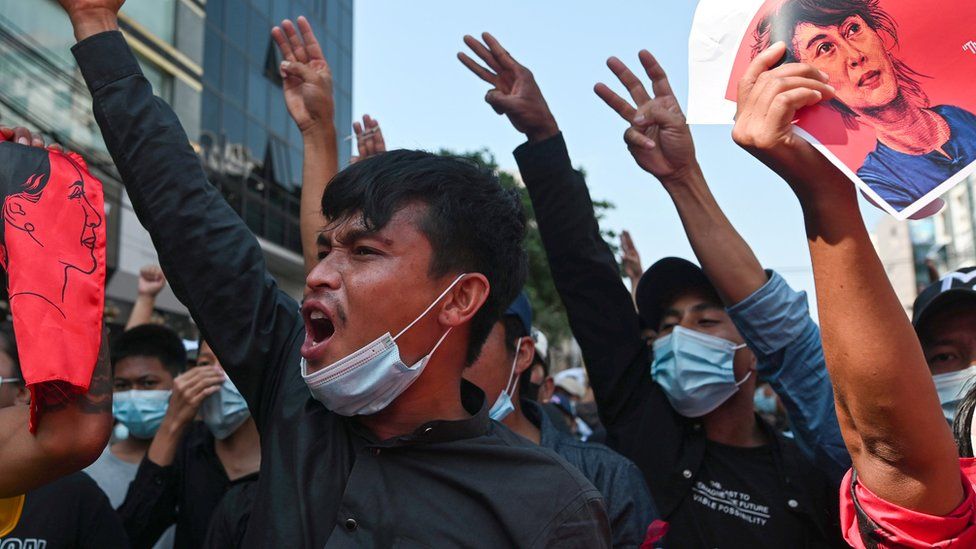Japan, which invented the modern geopolitical concept of the Indo-Pacific, is now well on its way to changing the way we think about Asia-Europe relations. Prime Minister Fumio Kishida’s message during his recent trip to Europe was straightforward: the security of Europe and the Indo-Pacific is inseparable.
3.png)
How did Japan influence the Indo-Pacific concept?
- Japan is no longer alone in the Indo-Pacific: Kishida is determined to build strong military partnerships with Europe, building on the ideas of his predecessor, the late Shinzo Abe. Japan, South Korea, and Australia are bridging the gap between Asia and Europe, which were previously viewed as separate geopolitical theatres.
- South Korea increasing its profile in Europe: South Korea, which does not always agree with Japan, is also joining the party by increasing its profile in Europe. Seoul, for example, is selling major weapon platforms in Poland.
- Australia wants to bring Europe into the Indo-Pacific: Australia, which has joined the US and UK in the AUKUS agreement, wants to bring Europe into the Indo-Pacific as well.
- This process has been accelerated by Russia’s war in Ukraine, as well as the alliance between Moscow and Beijing.
The idea of Eurasia
- Many used it as a neutral term: The idea of Eurasia is not new, many used it as a neutral term to describe the vast landmass that connected Europe and Asia.
- Separate political spheres: Despite continental continuity, Europe and Asia emerged over millennia as distinct political and cultural spheres.
- Russia as a European and Asian power: Russia, which straddles this space, saw itself as both a European and an Asian power, but had difficulty assimilating into either. When post-Soviet Russia’s efforts to integrate with the West faltered in the 2000s, it created the geopolitical constructs of Eurasia and Greater Eurasia.
- Putin’s Eurasian strategy included consolidating former Soviet space, regaining influence in Central Europe, forging a strong alliance with China, and limiting Western influence in the continental heartland.
China-Russia cooperation
- Geopolitical dynamics are changing: Xi Jinping and Vladimir Putin changed the geopolitical dynamic in Eurasia long before Kishida and South Korean President Yoon Suk-yeol turned to Europe.
- Putin travelled to Beijing last February to sign an agreement declaring an alliance without limits and no forbidden areas, just days before ordering his armies into Ukraine.
- China’s inclination towards Russia: China, which had made a largely successful effort to cultivate Europe since the 1990s, avoided taking sides in Europe’s conflicts with Russia on purpose. However, on the eve of the Ukraine war, Xi chose to lean towards Moscow by blaming NATO for the crisis.
- A different kind of Eurasian alliance: Putin and Xi unveiled a Eurasian alliance that they may have hoped would deliver the long-awaited demise of the West’s global hegemony. Instead, it strengthened the Western alliance in Europe while also laying the groundwork for a new kind of Eurasia, an alliance between China’s East Asian neighbours and Russia’s West European neighbours.
What are India’s Challenges?
- The rise of Eurasia makes it more difficult for India to ride on two boats at the same time: Previously, India could easily hunt with the maritime coalition the Quad in the Indo-Pacific while also running with the continental coalitions led by Russia and China.
- US Europe and Japan on one hand, China and Russia on the other: The conflict between the United States, Europe, and Japan on one hand, and China and Russia on the other, is now acute and shows no signs of abating.
- On the downside, India’s mounting security challenges from China on the Himalayan frontier, combined with the tightening embrace between Moscow and Beijing, will cast a darker shadow over India’s continental strategy in the coming days.
- Strategic capabilities in collaboration: On the plus side, the prospects for strengthening India’s strategic capabilities in collaboration with the United States and Europe, as well as Japan, South Korea, and Australia, have never been better.
Opportunities for India may include
- Increased economic cooperation and trade between India and countries in Europe and Asia.
- India’s expanded role in international affairs: As a result of increased connectivity and cooperation, India has the potential to play a larger role in regional and global affairs.
- To address Indo-Pacific security concerns: Opportunities for India to strengthen ties with Japan and other countries in the region to address Indo-Pacific security concerns
@the end
In terms of economic cooperation and geopolitical influence, Japan’s strategy of promoting greater connectivity and cooperation between Europe and Asia may present both opportunities and challenges for India. To maximise opportunities and minimise challenges, India will need to carefully navigate and balance its relationships with various countries and groups in the region.
Source: https://indianexpress.com/article/opinion/columns/in-light-of-china-russia-alliance-and-ukraine-conflict-india-and-the-new-eurasia-8388063/



